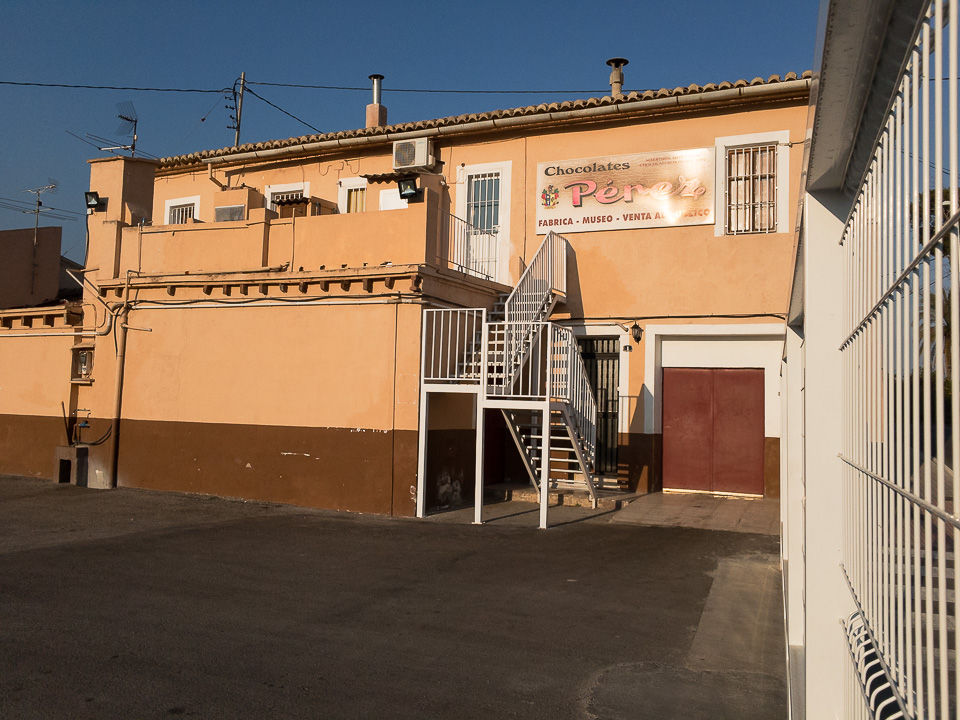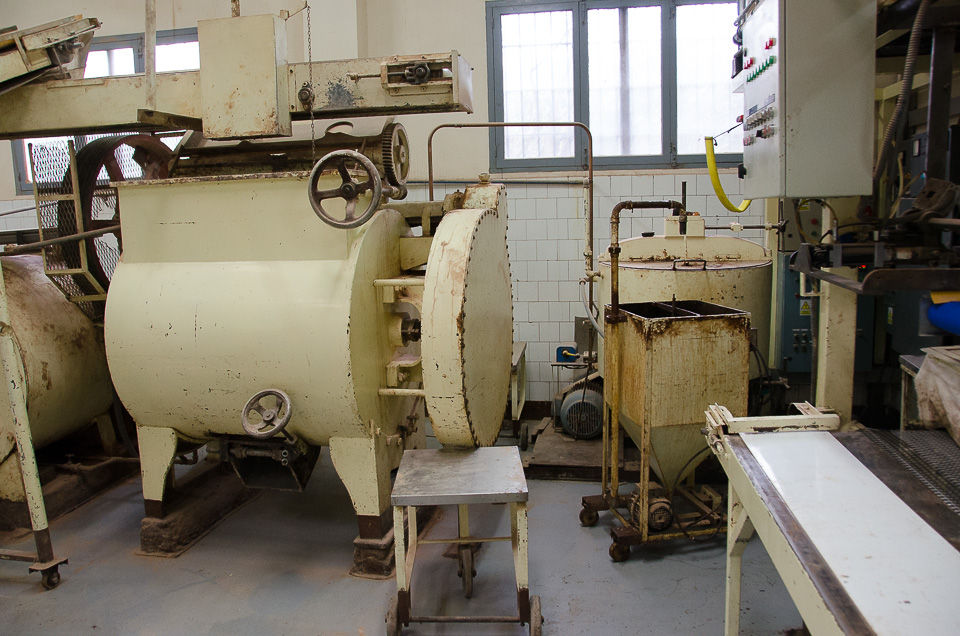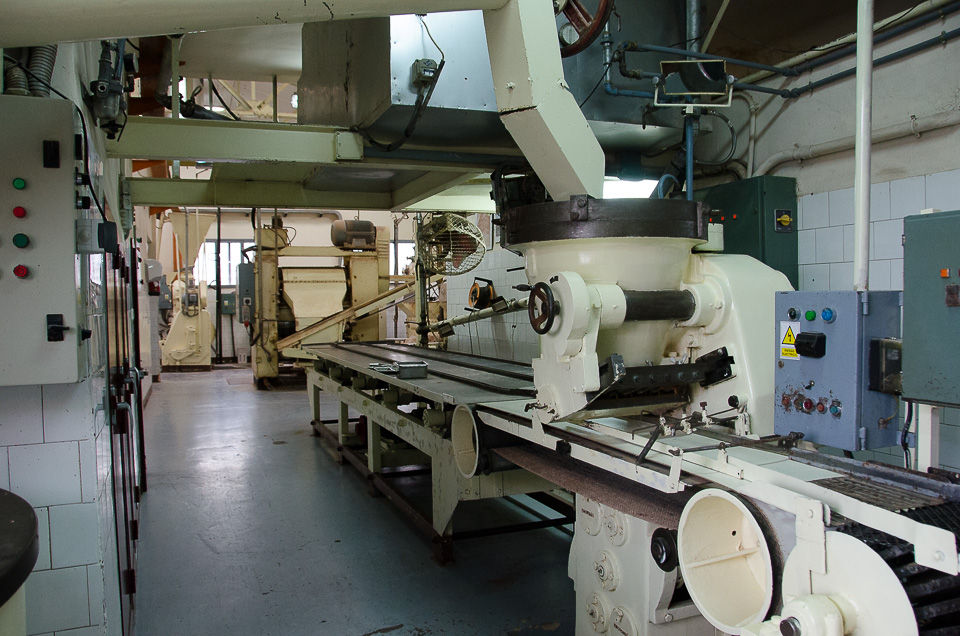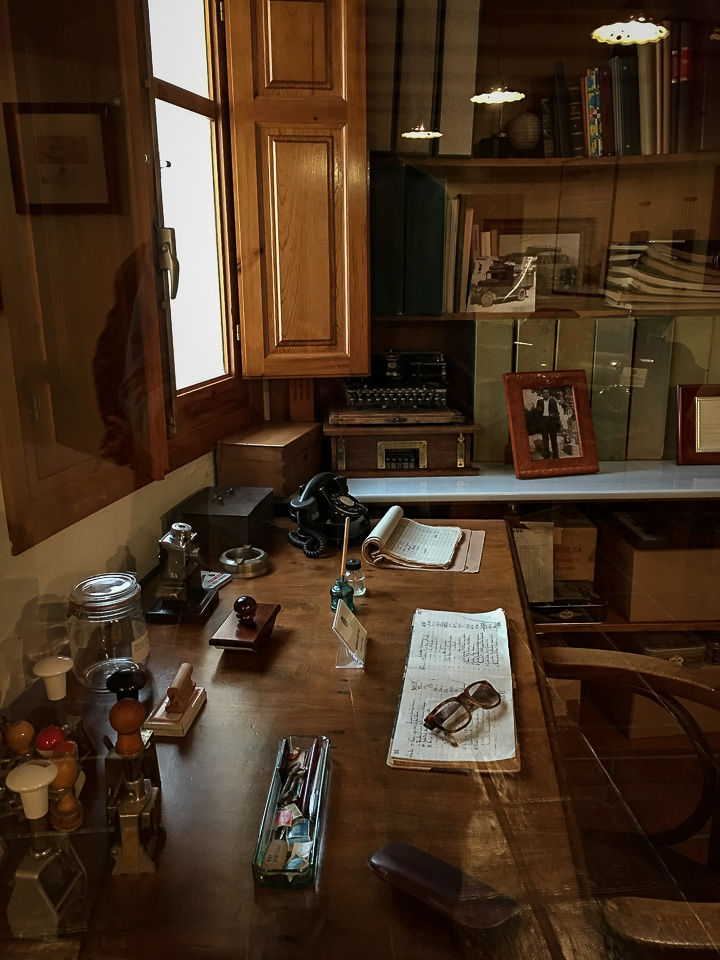Villajoyosa - chocolate city - chocolate factory
- Admin

- May 7, 2021
- 4 min read
Updated: Sep 29, 2024
It was the Spaniards who brought the chocolate to Spain and Europe. Until the Civil War, chocolate was an equally important drink for Spaniards as tea was for the Englishmen. Villajoyosa was a pioneer town in the production of solid chocolate. Here you can visit three chocolate museums.

Chocolate is made of cocoa. The cocoa bell is about 20 cm tall and contains 20-30 cocoa beans. The chocolate that the Mexicans drank, was spiced with chili pepper and was therefore bitter and spicy. When the Spaniards added sugar and heated it, it became tempting also for European palates.

The first transport of chocolate from South America to Spain was performed once in the 1520s, but regular transportation was first established in the 18th century. It first met the demand in Spain and eventually also in the rest of Europe.

It was the royals who first started drinking hot chocolate, and it is believed that the custom was spread to other European countries through marriage and royal visits. Until the end of the eighteenth century, chocolate was only consumed as a liquid hot drink.

Villajoyosa was a pioneer town and one of the first in Spain to produce solid chocolate as we know it today. The first factories were established in the 1870s, and in 1937 there were 29 factories in this small fishing village. Today there are three factories left and they all have their own museum.

Chocolates Pérez is the oldest, and the only one that has preserved chocolate craft production. In the original factory building, the chocolate is still produced as it was done in earlier times. In the museum you can see the equipment they used in the early stages of the chocolate era and later when the machines came.

Pérez currently produces mainly for the Spanish market. In addition to the original factory, which today also functions as a museum, the factory has a modern production facility. In the museum section you can meet the grandson of the founder of the factory, he is a guide from time to time.

It was Spaniards who developed the art of making chocolate in solid form. Later the Swiss further developed the chocolate by adding milk. Traditionally, milk has not been an ingredient in Spanish chocolate.

The production of chocolate is both power demanding and complicated. The cocoa beans must be milled and dried several times.

Initially, this was done by hand and later by the force of horses, but eventually the job was taken over by machines of the type depicted here.

The chocolate factory of Chocolate Pérez still produces the original chocolate that was produced when the factory was in operation.

Chocolates Valor, founded in 1881 by Valenciano López Lloret, is the largest factory. This is also a family business, and it is today the fifth generation of the López family who owns and operates it.

Valor established its own chocolate museum in 1998, and since then has opened its doors to the public every weekday throughout the year.

The tour takes place in groups and is professionally organized. You will first enter a meeting room where you will see a film about the company's history, so you will see production equipment and other items of use from the start of chocolate production, and then you get a little insight into today's production.

Finally, you'll visit the factory store where you can buy chocolates in bulk or in ready-made gift wraps.

The predecessor of Chocolates Clavileño was founded in 1882 by Valenciano López Lloret, the same person who founded Valor. Three of his grandchildren (brothers) established in 1960 Clavileño named after the horse to Don Quijote. It is now the fourth generation of Lloret who runs the company.

In the last half of August, "Xocolatíssima" is arranged in Villajoyosa. There is guided tour of all the city's three museums. But you can visit the museums at any time the rest of the year as well. For Clavileño you need to make a appointment. All the three museums are free. Once you are there, you should visit the beach and the old town of Villajoyosa.
More excursions: www.turideer.com
Excursion of the week: The chocolate museums of Villajoyosa - chocolate factory
Suitable for: Everybody. The children will love the tastings.
Duration: It takes about 1 hour in the Valor museum. You decide how much time you want to spend in the other two museums.
Getting there: All three museums are within a few kilometers (see map at the bottom).
The museums:
Valor:
Adress: Pianista Gonzalo Soriano, 13
Phone: +34 966 810 451
E-mail: museo@valor.es
Guided tours in groups only. The tour takes 45 minutes.
Spanish speaking:
Monday to Friday: 10:00, 12:00 and 13:00 and 17:00, 18:00 and 19:00
Saturday: 10:00, 12:00 and 13:00
English speaking:
Monday to Friday: 11:00 and 16:00
Saturday: 11:00
Meet outside the museum in good time before the tour time. The tour is free, but you need to withdraw tickets from the vending machine outside. They only allow groups of 50 at a time. If you are late, you'll have to wait until the next tour time.
You may take pictures in the museum, but not in the factory. If you can not join one of the English speaking groups, try one of the Spanish ones. The guides are very service minded and will do whatever they can to help you.
Pérez:
Adress: Partida Mediases, 1
Phone: +34 965 890 573
E-mail: infoventas@chocolatesperez.com
Monday to Friday: 10-13 and 17-20
Saturday: 10-13
Groups need to book time, but otherwise you can just come when you wish within the opening hours.
Clavileño:
Adress: Calle Colon 187.
Phone: +34 965 890 778.
E-mail: clavileno@chocolatesclavileno.com
Call or send an e-mail to arrange a visit to the museum
Map: On the map, Valor is listed with its restaurant and shop at N-332a in addition to the factory a litthe further inside the city. Chocolate Clavileño is just off the roundabout at the top right of the map on the N-332a, opposite the exit to the port.




Comments